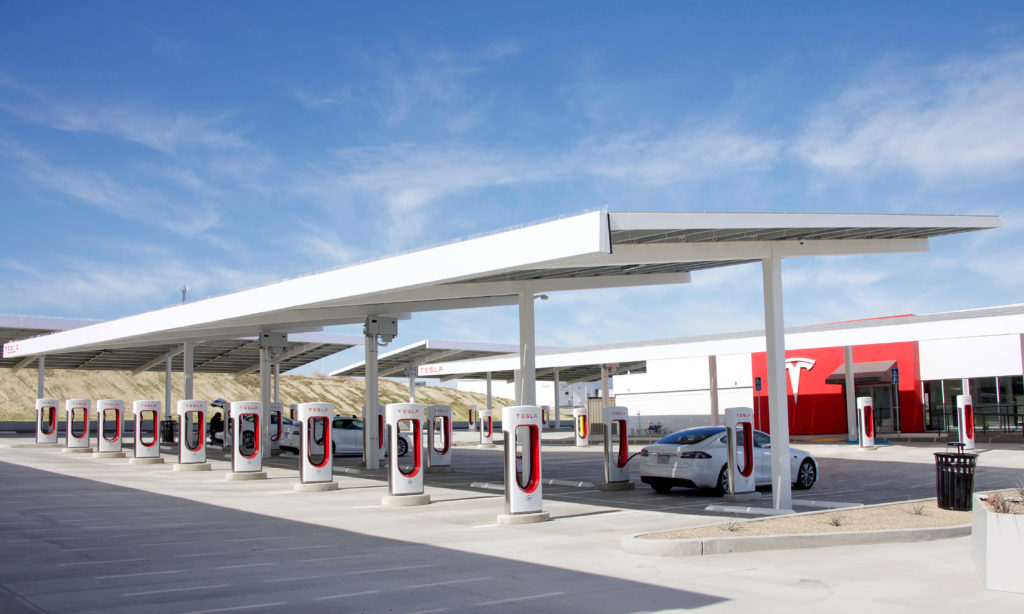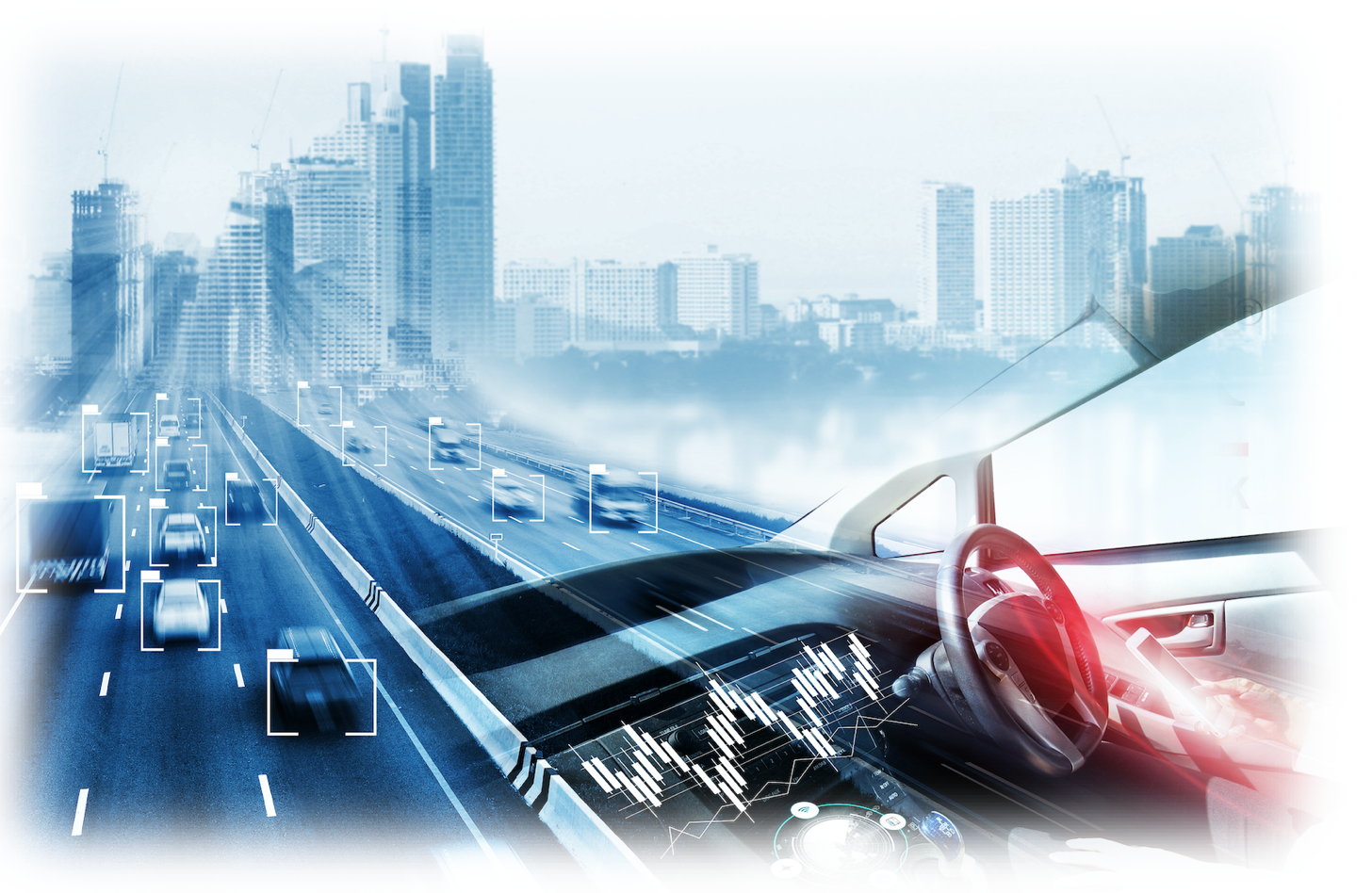The definition of a Driverless car is an autonomous car which is capable of sensing its environment and operating without typical driver involvement. A passenger (sitting in the driver’s seat) will not be required to take control of the vehicle at any time, and with some models, it is not necessary for a human to be in the vehicle. The autonomous vehicle can go anywhere a traditional vehicle goes and do everything a human driver does.
There are levels of autonomous cars
0 Fully Manual – no automation. The required driver performs all tasks, steering, braking, acceleration etc
1 Driver Assistance – features a single automation system such as cruise control, and a driver is required
2 Partial Automation – ADAS – this vehicle can perform steering and acceleration, but the driver will monitor all tasks and can take control at any time
3 Conditional Automation – this vehicle has Environment Detection capabilities and can perform most driving tasks, but the driver override is still required
4 High Automation – This vehicle can perform all driving functions under specific circumstances, Geofencing is required, and a driver override is still an option
5 Full Automation – This vehicle performs all driving tasks under all conditions. No human interaction is required
Driverless cars have been a thing of science fiction since the 1950s. Still, when we look back, autonomous cars have been slowly introduced into the mainstream for many years, since cruise control, lights, and wiper sensors were invented. As technology moved on, Sat Navs, parking cameras and sensors. Science fiction has now become fact. The only thing waiting to catch up is the flying driverless car! Since the introduction of driverless vehicles, this doesn’t seem so unreachable.

How autonomous cars work
Autonomous cars rely on actuators, sensors, complex algorithms, machine learning systems, and powerful processors to execute software. Most autonomous vehicles are entirely electric, with some using petrol as a hybrid.
Autonomous cars create and maintain a 360-degree map of their surroundings based on readings of the many sensors situated around the vehicle.
1. Radar sensors will monitor the position of nearby vehicles.
2. Video cameras detect traffic lights, read road signs, track other vehicles, and look for pedestrians.
3. Lidar (light detection and ranging) sensors bounce light pulses off the car’s surroundings to measure distances, detect road edges, and identify lane markings.
4. Ultrasonic sensors in the wheels detect curbs and other vehicles when parking.
Very sophisticated software will process all this sensory input, plots a path, and sends instructions to the car’s actuators, which control acceleration, braking, and steering. Hard-coded rules, obstacle avoidance algorithms, predictive modelling, and object recognition help the software follow traffic rules and navigate obstacles.
What are the benefits of Driverless vehicles?
Higher levels of autonomy have a considerable potential to reduce dangerous driver incidents and have been shown to help reduce the number of crashes on our roads. Government data identifies driver behaviour or error as a factor in 94% of crashes, and self-driving vehicles can help reduce driver error through automation. The ongoing fuel crisis is pushing more electric automated vehicles to the forefront of most buyers’ minds. There have been many trials of large EV/HGV automation, and this, in turn, may reduce fuel costs for many large haulage companies – assuming that batteries are powerful enough to drive such large vehicles. As the older fossil-fuelled vehicles are due for replacement, we may see more automated haulage on the UK roads.
Automation will also help:
1. Reduce the cost of insurance and healthcare costs by lowering the frequency of car accidents
2. Provide a more efficient way for those with disabilities to travel
3. Protect a driver by pulling over and stopping the car should they suffer a medical emergency while driving.
4. Save time by improving the flow of traffic and allowing passengers to get things done while travelling
5. Reducing traffic jams, commute times, congestion, and fuel.
6. Reducing the amount of traffic police needed and allowing them to focus on other crimes
7. Saving thousands of lives by preventing drink/drug drivers from manually driving a car
Disadvantages of Driverless Cars
The biggest social issue associated with driverless cars is that they could cause many people to lose their jobs. Not so much for the everyday car user, but haulage companies would no longer need to hire drivers to transport goods. Improved driving would mean fewer police officers handling things like traffic and speeding tickets. Since most driverless cars are expected to rely solely on electricity for power, the fossil fuel industry will eventually fizzle out.
Other disadvantages of Driverless cars:
1. Drivers may need to undertake special training to operate their autonomous vehicles safely. Much like a driving test.
2. Vehicles would depend on GPS for direction; unfortunately, GPS isn’t 100% accurate. We have all seen large lorries stuck in small lanes.
3. Dependence on computer software may mean autonomous cars are more prone to hackers and cyber threats.
4. Driverless cars will cost substantially more than regular cars.
5. It may take a while for driverless vehicles to handle inclement weather well enough to make them safer than manual vehicles.
6. Widespread adoption would be necessary before substantially reducing deaths and injuries associated with traffic accidents.
7. Determining accident fault would be trickier, as it may not be clear whether the accident happened because of a vehicle passenger, the manufacturer, or a mechanical failure.
These disadvantages will not stop the future development of automated vehicles. Within a few decades, they will be a regular part of our lives, so we may as well be more open to our choices and responsibilities to our safety and the environment. Starting with a hybrid or fully electric car is undoubtedly the way forward.
Driver Training.
What could happen to driver training if all vehicles are automated? If all vehicles become fully automated, there will probably be no need for driver training. However, for the next 50 years, at least, we don’t think this will be much of an issue. People like driving, people, know driving. It’s a natural visceral feel to want to drive and be in control. We identify cars and all other vehicles as a place with a driver and passengers.
We could see that full automation will be an option, like air conditioning, heated seats etc…they are there to assist you as and when, but humans will still be the master – the ones in control when they wish. It may be the case that driver training could even become more mandatory many years in the future. After all, if 94% of collisions are down to human error – you may need regular training to make sure if you wish to override the automation you have the skills to do so.
Who knows?

